#precolonialization
Text
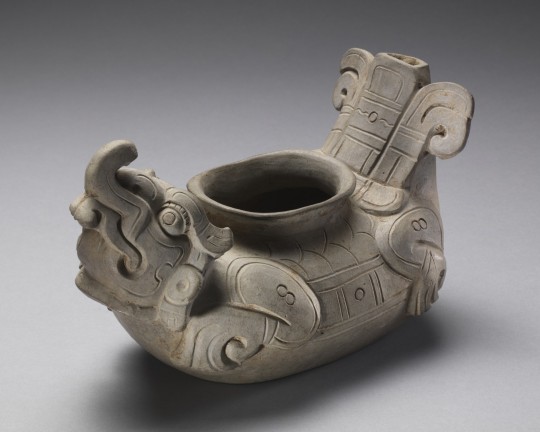
~ Vessel in the form of a prone creature.
Date: 100 B.C.–A.D. 200
Culture: Zapotec
Period: Formative
Place of origin: Mexico, Oaxaca, Central Valley of Oaxaca
Medium: Fine-grained grayware ceramic
#ancient#ancient art#history#museum#archeology#ancient sculpture#ancient history#mexican#mexico#native#oaxaca#precolumbian#precolonial#zapotec#formative#100 b.c.#a.d 200
1K notes
·
View notes
Text
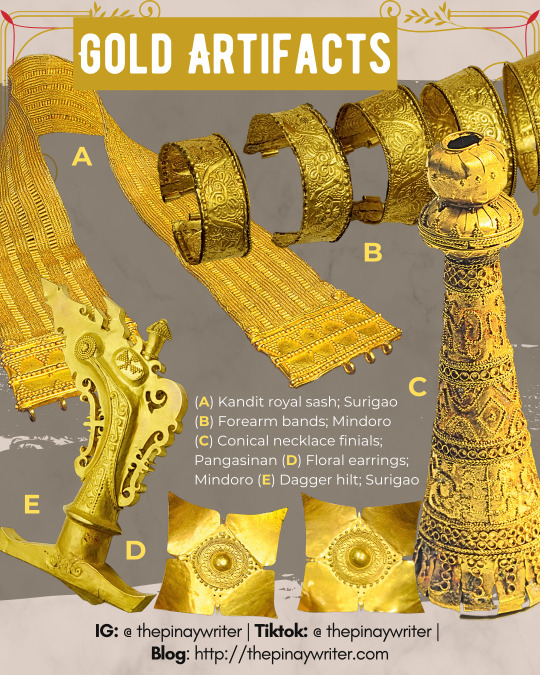

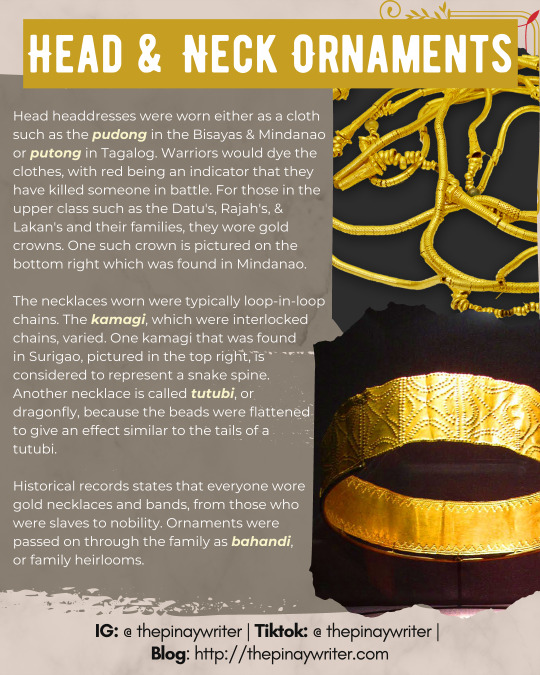
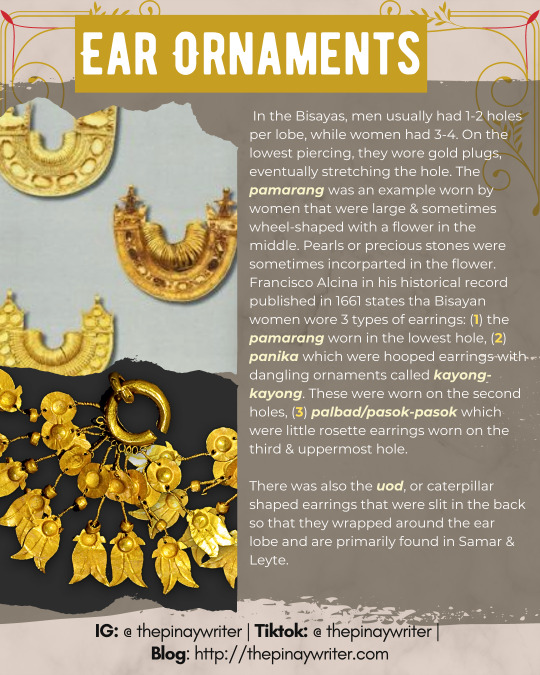

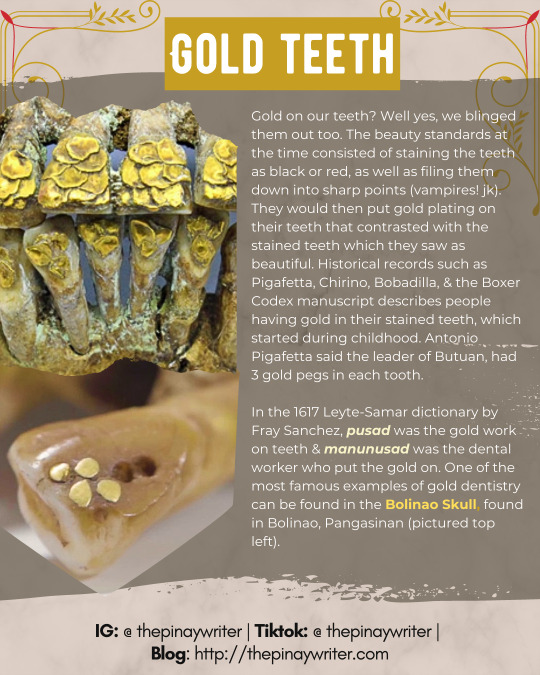


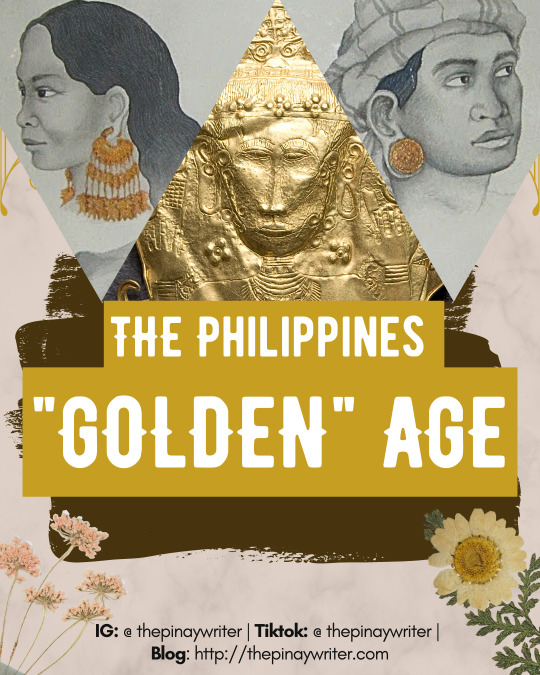
✨️ Our ancestors before the Spaniards arrived wore gold and passed them down through the generations, regardless of social class. They even crafted bowls, liquid vessels, and the hilts and covers of daggers and swords out of gold.
They buried these ornaments with the dead so that they could use it in the afterlife and as a token to give the spirit or deity to leave purgatory. They also covered the faces of the dead with gold death masks to protect them from evil spirits entering the body.
Numerous Spanish accounts record that they wore gold and buried their dead with gold bahandi, or heirlooms. From Antonio Pigafetta, Francisco Alcina, Pedro Chirino, Friar Bobadilla and within the Boxer Codex Manuscript. Together with historical accounts, archeological finds of gold artifacts from Luzon, the Bisayas, and Mindanao show how much our pre-colonial ancestors wore and used gold in their clothing, divine figures, and everyday wear, similar to the rest of Southeast Asia.
To see many of these artifacts, check out the gold exhibit in the National Museum of the Philippines and Ayala Museum.
#filipino#philippines#precolonial Philippines#gold#artifact#history#culture#filipino culture#pinoy#filipino mythology#archaeology
881 notes
·
View notes
Text


A couple of sketches from my novella, Metalmade. I meant to post this back in February for the 2nd-year anniversary of its launch, but I got sick and didn't have the energy to finish it until now.
It's about a sentient robot that gets tasked to spy on a taho-peddler to determine if he's actually an aswang in disguise, but despite her best efforts, she gets quite befuddled by him. That conversation they're having in the 2nd pic was so much fun to write.
Actually this whole novella was so much fun to write, and I have quite a few ideas for Yaya and Digan's adventures in Sagabilang, so a possible sequel is not off the table!
#ocs#original character#original work#filipino#precolonial philippines#fantasy#metalmade#my big orig#artph#digital art
78 notes
·
View notes
Text
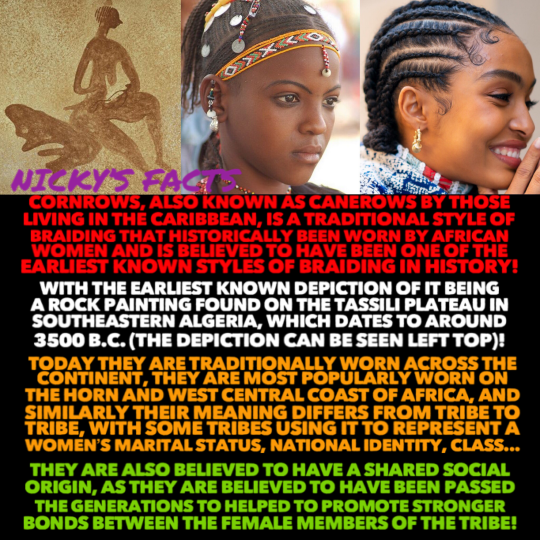


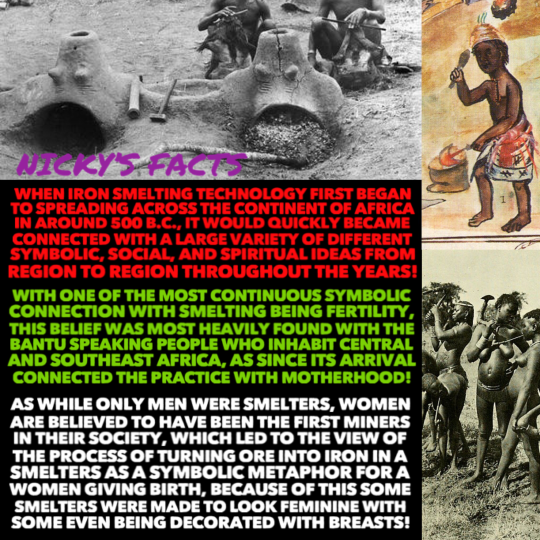
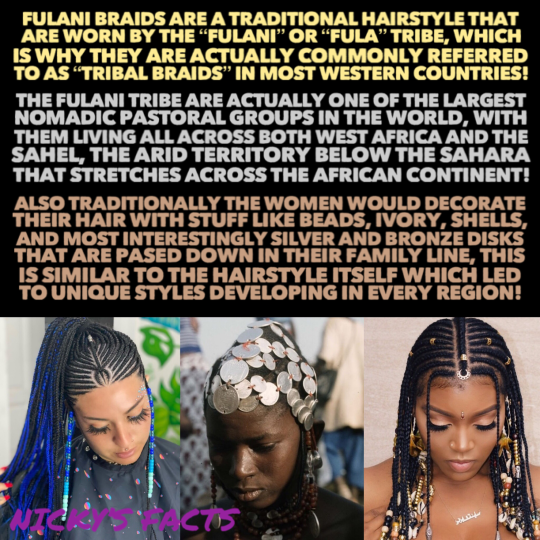

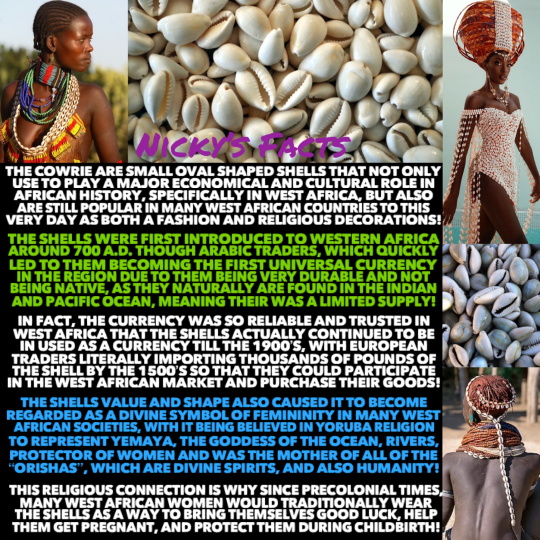

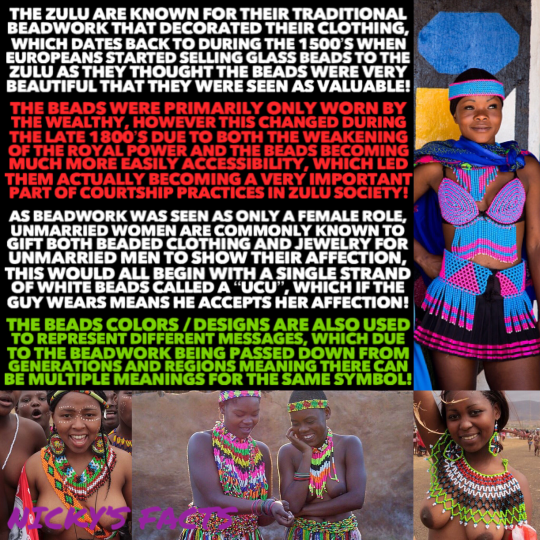

Here is a collection of precolonial African women’s history facts that showcase the many unique and interesting ways women have participated in African history prier to the 1600’s, which sadly I find gets overlooked by more modern history!
🤎💜🤎
👩🏾🦱🌍🧑🏾🦱
💜🤎💜
#black history month#african women#black history#precolonial africa#black femininity#soft black women#traditional femininity#black tumblr#soft black girls#womens history#african culture#black girl moodboard#black girls of tumblr#african history#girl blogger#black girl magic#soft black girl#girl power#nickys facts
104 notes
·
View notes
Text

#visayan#Filipino#lapu lapu#magellan#history#historical memes#colonizers#anti colonization#anti colonialism#pre colonial philippines#precolonial#precolonial Philippines#bisaya#bisayan
194 notes
·
View notes
Text

Hanan, goddess of the morning and dawn. In Tagalog mythology, she is Mayari and Tala's sister. She symbolizes the sign of a new day and age, and people pray to her at the break of dawn.
Tala, goddess of the stars. In Tagalog mythology, she is Mayari and Hanan's sister. She is famous for her help in creating the Tagalog constellations and is known to use divine spheres of light to guide sailors to safety at night. These spheres were soon feared as deadly beings of fire called "santelmos" due to Spanish influence.
#filipino mythology#rel'sart#hanan#tala#southeast asia#philippines#SEA#philippine mythology#anitu#anito#tagalog#kaluwalhatian#phart#in another myth Tala is the daughter of the Moon goddess#named Buan#but yeah anyways I am having brainrot lawl#precolonial philippines#in my hc Apolaki#Mayari#Tala#and Hanan are all siblings <333
290 notes
·
View notes
Text
Most people today try to keep dog fur off their clothes and blankets, but one indigenous group used to highly-value textiles made from the fur of woolly dogs! Discover the story of Mutton, one of the last woolly dogs of the Americas, whose fascinating life story has been re-created by an archaeologist, an evolutionary molecular biologist and a molecular anthropologist.
30 notes
·
View notes
Text

[ID: a screenshot of a reblog by @/fleurtygurl. It reads: "Omg instant follow! I need more Philippines facts in my life!!! 😭😭😭
If you have any facts about filipino myths? That would be amazing. But also I will literally eat up everything you post!
I'm in desperate need of reconnecting with my roots, but I've been so busy that I haven't had any time to do any extensive research...."
/End ID]
@fleurtygurl Decided to make a whole post based on this because I loooove talking about Filipino mythology and researching more about different mythologies within the country and I also hadn't gone around to looking through the things I want to learn about.
Filipino mythology is a pretty huge umbrella term considering that there are hundreds of cultures in the archipelago that have different beliefs, practices, and traditions and especially before the Spanish colonial period. I won't get too deep into it, but basically if you want to learn about some grander pantheon or some general overarching compendium of beliefs that all precolonial Filipinos believe in, you won't be getting that sine historically, Filipinos were not a unified people, but a bunch of different countries and communities that were placed under one governing body for easy management for the Spanish crown.
With so many Filipino cultures and, by extension, mythologies, the best way with trying to reconnect with your heritage, it might be best to figure out which ethnic group you may have connections too and start researching from there. In my case, for example, I would look up both Tagalog mythology, Bikolano mythology, and Ilokano mythology in order to get a good grasp of the mythology of my roots since I'm mixed Tagalog, Bikolano, and Ilokano, and those three have widely different beliefs and especially with folk religion.
I guess the main issue with this is a lot of sources related to Filipino myths are often difficult to find, are unreliable, or plainly just non-existent. Lots of books are often out of circulation and print, or if they are still in print, they are often only sold by specific retailers and often cost a lot of money. Research papers are locked behind a paywall or are only available through specific e-libraries you can only access if you have an affiliation with a university. Online articles may be unreliable and source places that are hard to fact check. Blogs, honestly including mine to be frank, may parrot wrong information from other websites and articles, with their best feature being the possibility that they may have come from oral sources but those are also very few.
Honestly, I was about to go on a long tangent about discussing at least the Tagalog pantheon and mythology because it had a lot of sources I've seen online, but after hours of research, I've found out that there was also a lot of unreliable sources in terms of information about that so I've decided against rambling on further about it for now.
(I am still going to write about my findings on the Tagalog pantheon later but after what I've found out, I might take some time to look through a lot more primary sources which means colonial era texts and harder to find archived works.)
I will say that a good way to connect with more general Filipino folklore outside of mythology itself is probably consuming media that explores folklore and traditional beliefs. I recommend Trese, a Filipino comic turned series on Netflix if you want to see Filipino cryptids being used in a modern-day story made by Filipinos. There are also other comics that focus on Filipino mythology like The Mythology Class and its sequel The Children of Bathala by Arnold Arre.
There's also series and movies that take inspiration from Filipino folklore and mythology with Dayo: Sa Mundo ng Elementalya (English name Niko: The Journey to Magika) as my go-to suggestion. I had also heard good reviews for Amaya, a series created by GMA 7, but honestly I don't think the series clicked with me.
#mayaposts#mayapino#fleurtygurl#filipino#philippines#filipino mythology#might make posts about specific filipino myths some other time because it's such a big umbrella of stories and legends#outside of the precolonial religion#sorry to make this post so long i'm a give me an inch i'll go a mile kinda person#long post
35 notes
·
View notes
Text
once again thinking about how filipinos constantly reject our own culture bc of the irreperable damage colonizers did lmao
16 notes
·
View notes
Text
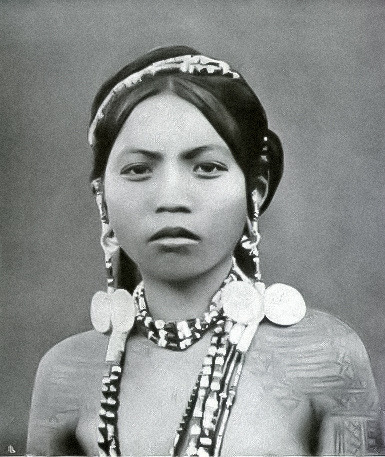



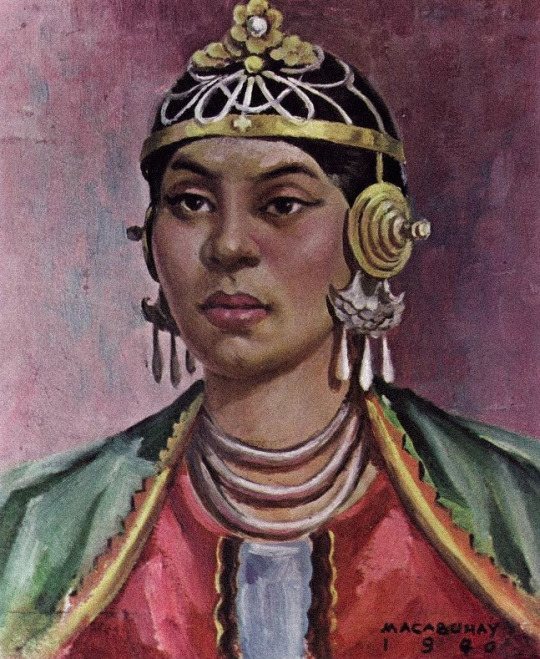
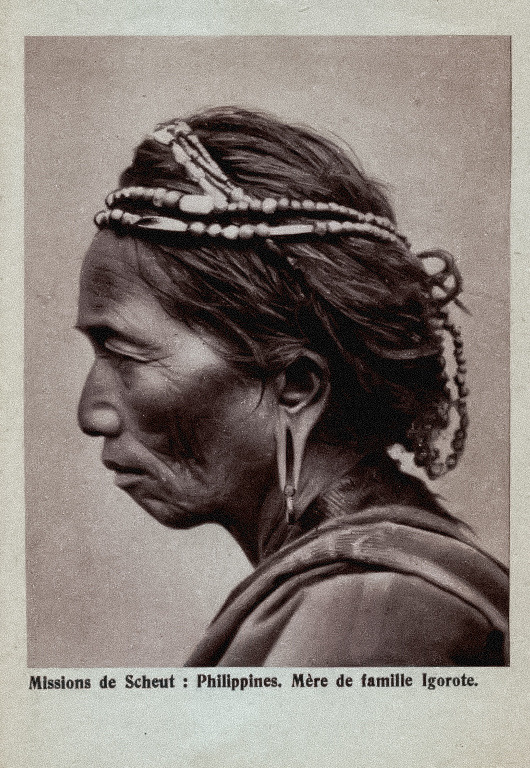
“It's in our blood to adorn ourselves with tattoos and embroidery, beads and gold.”
(Stephanie Gancayco, ‘Hella Pinay’ — 28/03/2017)
#venuscore#philippines#precolonial philippines#filipino culture#filipino#pinay#indigenous#tattoos#gold jewelry#painting#archeology#history#feminism#moodboard
11 notes
·
View notes
Text
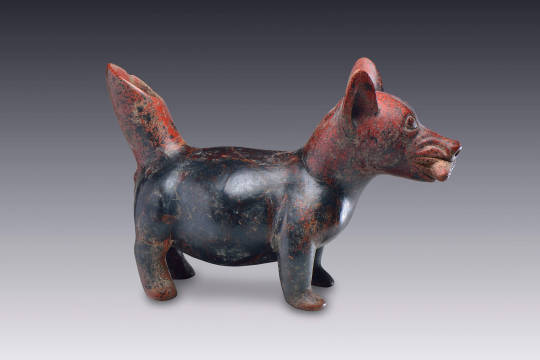
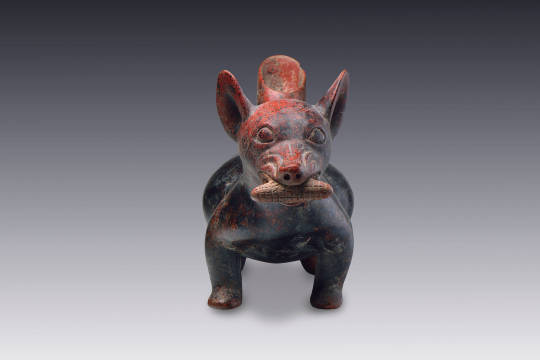
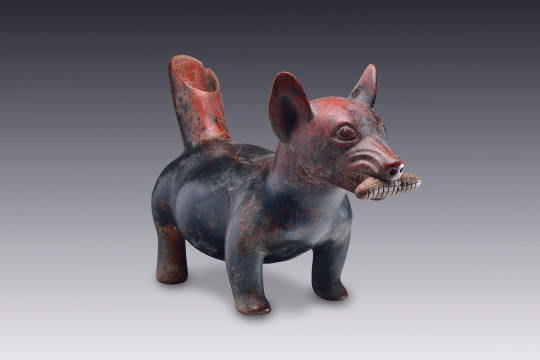

~ Perra con Mazorca entre los Dientes. (Dog with cob in her teeth)
Culture: Tumbas de tiro
Style: Comala
Place of origin: Colima
Period: Late Preclassic-Early Classic
Date: 300 B.C.- A.D. 600
Medium: Modeled, incised and burnished clay.
#ancient#ancient art#history#museum#archeology#ancient sculpture#ancient history#archaeology#mexico#mexican#precolumbian#precolonial#precolombino#Mesoamerica#dog#cob#colima#comala#tumbas de tiro#clay#300 b.c.#a.d. 600
2K notes
·
View notes
Text



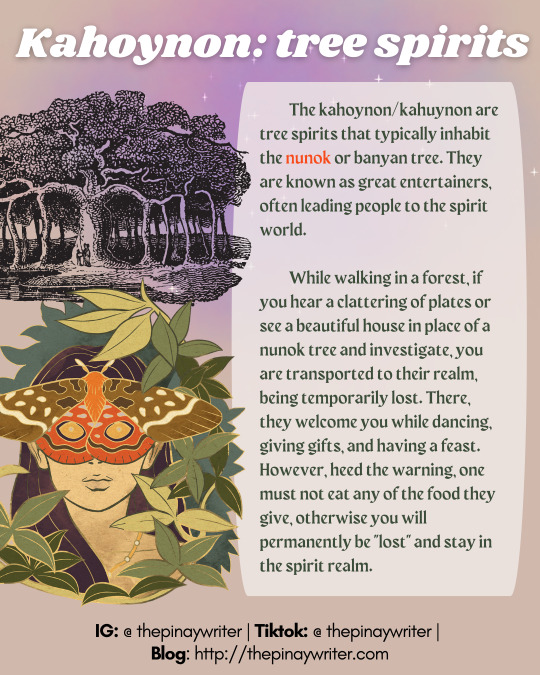

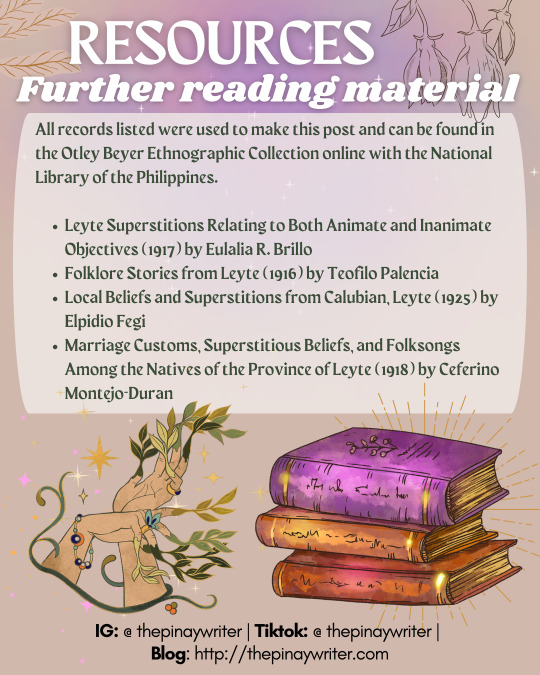
✨️Do you know any of these beliefs and folklore from Leyte? If your family is from Leyte or Samar, what are some folklore, beliefs, and practices that have been shared with you? 🌿
#filipino#philippines#pinoy#filipino mythology#philippine mythology#culture#folklore#mythology#leyte#bisaya#visayan#anito#diwata#precolonial philippines
555 notes
·
View notes
Text
The portrayal of the precolonial and early colonial women babaylan as oppositional to patriarchal colonization configured them as protofeminists... Mangahas claims that whereas the women babaylan were annihilated, assimilated, or compromised by the colonial order, the power of Philippine women was not fully lost... Many present-day women professionals, mostly from urban and/or diasporic middle-class backgrounds, have been attracted to the image of the babaylan and have ascribed the babaylan title to themselves... These developments have inspired many in the face of ongoing violence and discrimination against women, immigrants, and other minorities, in domestic and work places, in the homeland and in the diaspora.
Scholars like Zeus Salazar, however, observe the alienation between what he calls the "babaylan of the elite and the babaylan of the real Filipino [who] still sit with their backs against each other." Salazar warns that the "Babaylan tradition could be co-opted by new-age type spirtuality-seeking affluent, middle class Filipinas whose end goal is individual spiritual enlightenment.
...Not a few have pointed out the problem of extracting the babaylan title as though it were a commodity to be acquired without first going through Indigenous channels and protocols... To abstract the title from the process and relationships just because one is attracted to images of Indigenous women that converge with feminist models or because one has the privilege to do so is facile and demonstrates a lack of respect for Native ritual specialists and their communities.
- Babaylan Sing Back by Grace Nono
#philippines#indigenous#precolonial#postcolonial#history#yes yes yes finally someone said it#early on in my precolonial philippine research#i kept coming across these websites and articles about how we should embody our inner babaylan#and it felt so strange that most of the writers of these pieces were diasporic and actually had no babaylan training#it just felt so... exploitative to me#i'm so glad to hear that scholars have been criticizing this movement all along
38 notes
·
View notes
Text
64 notes
·
View notes
Text
Historical inspiration for my fantasy novel: Pre-colonial Philippines
Seeker of the Lost Song is a historically-inspired fantasy novel merging medieval Finnish & pre-colonial Filipino elements, and I wanted to share two elements of Filipino history I included.
☼ 1) Dulang, a low table ☼
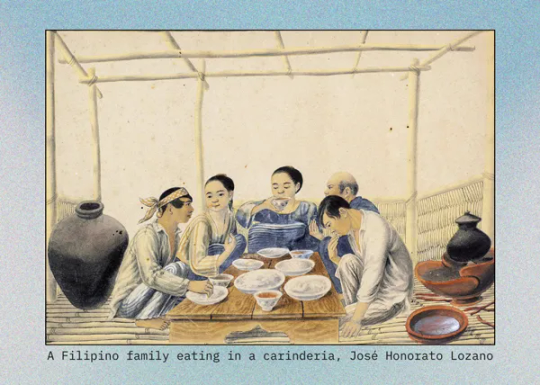
One of my favourite tidbits from my research is that pre-colonial Filipinos ate at a low table, sitting on the floor. Part of me worries that readers will think “Hey you stole that from Japan!” but I’m excited for the chance to show my people at their own low table, eating rice with their hands.
☼ 2) The balangay boat ☼

Another pre-colonial Filipino element I included in the book was a balangay, an ancient Filipino boat that’s recently come back into the public consciousness, with ancient boats being excavated and working replicas made. A quote from this article in STARweek, from one of the people who worked to rebuild the balangay, really resonated with me:
“It is very sad because we are a maritime people. We should be gifted and natural in the waters but colonialization robbed us of that consciousness. I am doing this to help rekindle that spirit”
The balangay that appears in my novel has a double outrigger (something that always feels so Filipino to me), but essentially it’s a larger version of the sketch pictured. And I have to admit, the scenes on the balangay did stir something in me. Something ancient and ancestral, perhaps?
Seeker’s as-yet-unnamed sequel also features elements of pre-colonial Filipino history, but more on that at another time. Suffice it to say I’m enjoying this opportunity to learn more about the history of my people and use it in a fantasy setting!
#amwriting#fantasy novel#seeker of the lost song#filipino history#canadian author#asian authors#southeast asia#precolonial philippines#asian fantasy#filipino fantasy
7 notes
·
View notes
Text
In 11th, century BC. My Precolonial Filipino ancestors discovers A giant reptilian monster who collapse and dies in Philippines :

#kong vs godzilla#godzilla x kong the new empire#Godzilla#That Godzilla specimen was Dagon#Precolonial#Precolonial Philippines
14 notes
·
View notes